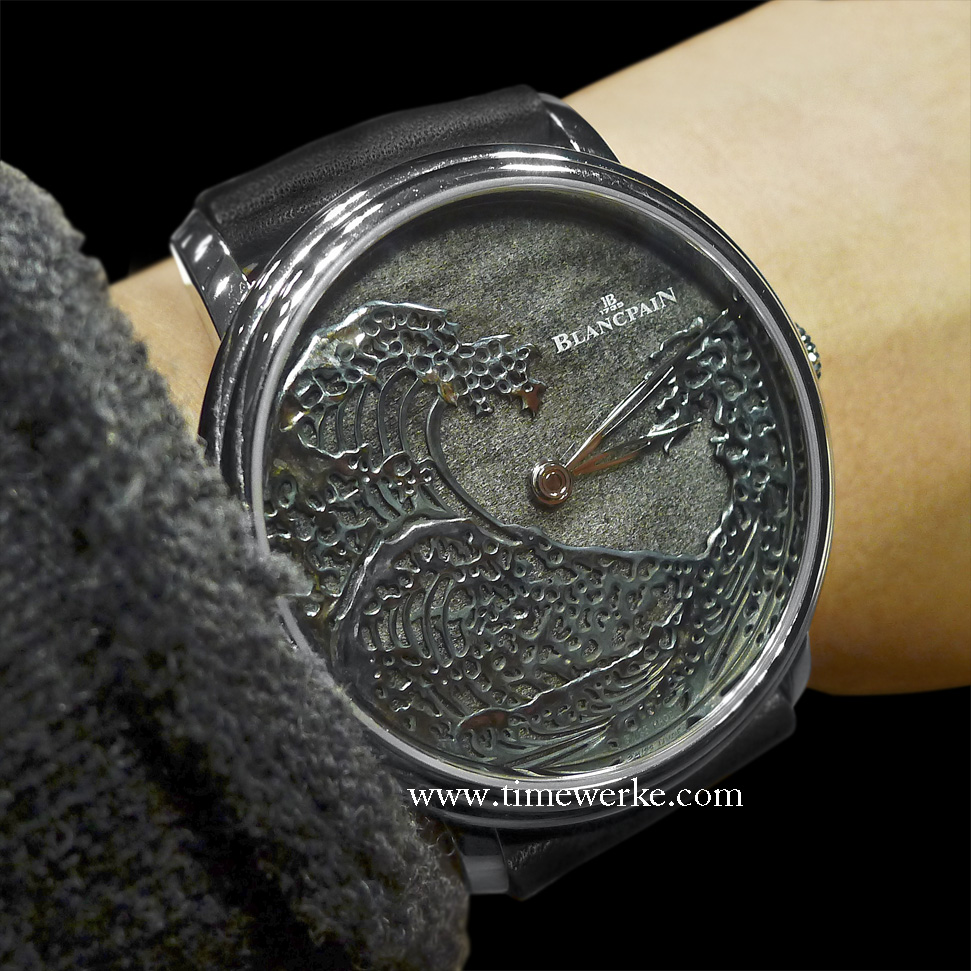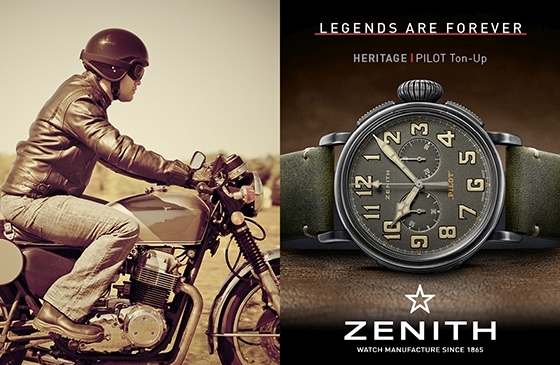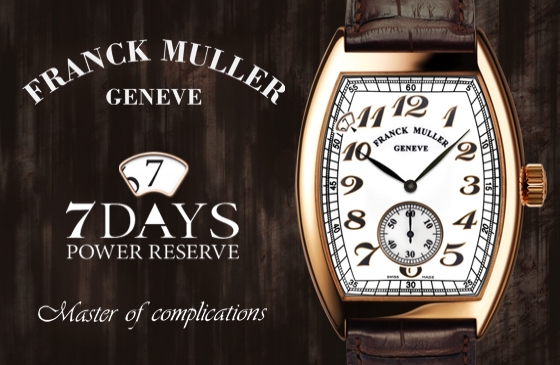
Blancpain “The Great Wave”, Métiers d’Art studio. Introduced in 2016 and equipped with Blancpain’s Calibre 13R3A manual-winding movement, it features a Mexican silver obsidian dial, the “canvas” for which the white gold applique for the waves are first fixed to a Shakudō base before being coated with a unique patina which is the result of immersing it into a bath of rokushō salts. An alloy of gold and copper, Shakudō was first used by Blancpain on its Ganesh watch. Photo: © TANG Portfolio. Elfa / Timmy. BaselWorld 2016.
“The Great Wave”, Blancpain’s 2016 Métier’s d’Art creation, is an artistic timepiece that is inspired by the motion of the sea, and that obviously refers to the waves.
In fact, it is inspired by The Great Wave off Kanagawa, the famous woodblock print created by Japanese artist Katsushika Hokusai (1760 to 1849).
He created the famous The Great Wave or Under the Wave Off Kanagawa (Kanagawa oki nami ura) during the Edo period (circa 1830 to 1832) and it is from his series, Thirty Six Views of Mount Fuji (Fugaku sanjūrokkei).
In Hokusai’s The Great Wave, a giant wave is about to come crashing down on fishing boats and in the background, there is Mount Fuji.
In Blancpain’s version of “The Great Wave”, there are no fishing boats and neither is there a mountain. There is the huge wave but is not an ordinary one. Blancpain’s wave is made of white gold and skillfully carved out by Blancpain’s master engravers.
What is noteworthy is the material of the dial – Mexican silver obsidian. This is the first time the brand is working with this gemstone.
Gray obsidian symbolizes purity and balance. This is a stark contrast to the silver obsidian used as a base or canvas depicting a momentous wave about to strike.
Silver obsidian is a semi-transparent volcanic rock speckled with puffy, silvery clouds. This gemstone is the base for Blancpain’s “The Great Wave” applique in white gold.
The white gold applique (the wave) is first fixed to a Shakudō base before being coated with a unique patina which is the result of immersing it into a bath of rokushō salts.
Shakudō is an alloy of gold and copper. Blancpain first used it on the Shakudō is Ganesh watch.
After the patina is applied, the Shakudō is removed. Certain parts of the wave roller are polished. This is to intensify the perception of a huge billowing wave.
The wave engraving is then fixed onto the Mexican silver obsidian and the result is a shimmering appearance with changing dial tones which vary according to the lighting.
The Roman poet Ovid (43 to 17 A.D.), whose poetical works are known to have influenced literary greats such as Geoffrey Chaucer (1343 to 1400), William Shakespeare (1564 to 1616), Johann Wolfgang von Goethe (1749 to 1832) and Ezra Pound (1885 to 1972) once said: “Neither can the wave that has passed by be recalled, nor the hour which has passed return again.”
We totally agree that time passed will never return but there are exceptions with regards to the recall of waves. Among them, Hokusai’s Under the Wave Off Kanagawa and Blancpain’s 2016 version of “The Great Wave”.
Part I of this article can be found here.
Another related article on www.timewerke.com that may be of interest about the Katsushika Hokusai’s artwork, Under the Wave Off Kanagawa (Kanagawa oki nami ura):
i. Seiko’s first tourbillon: Credor Fugaku Tourbillon: First Wave In


